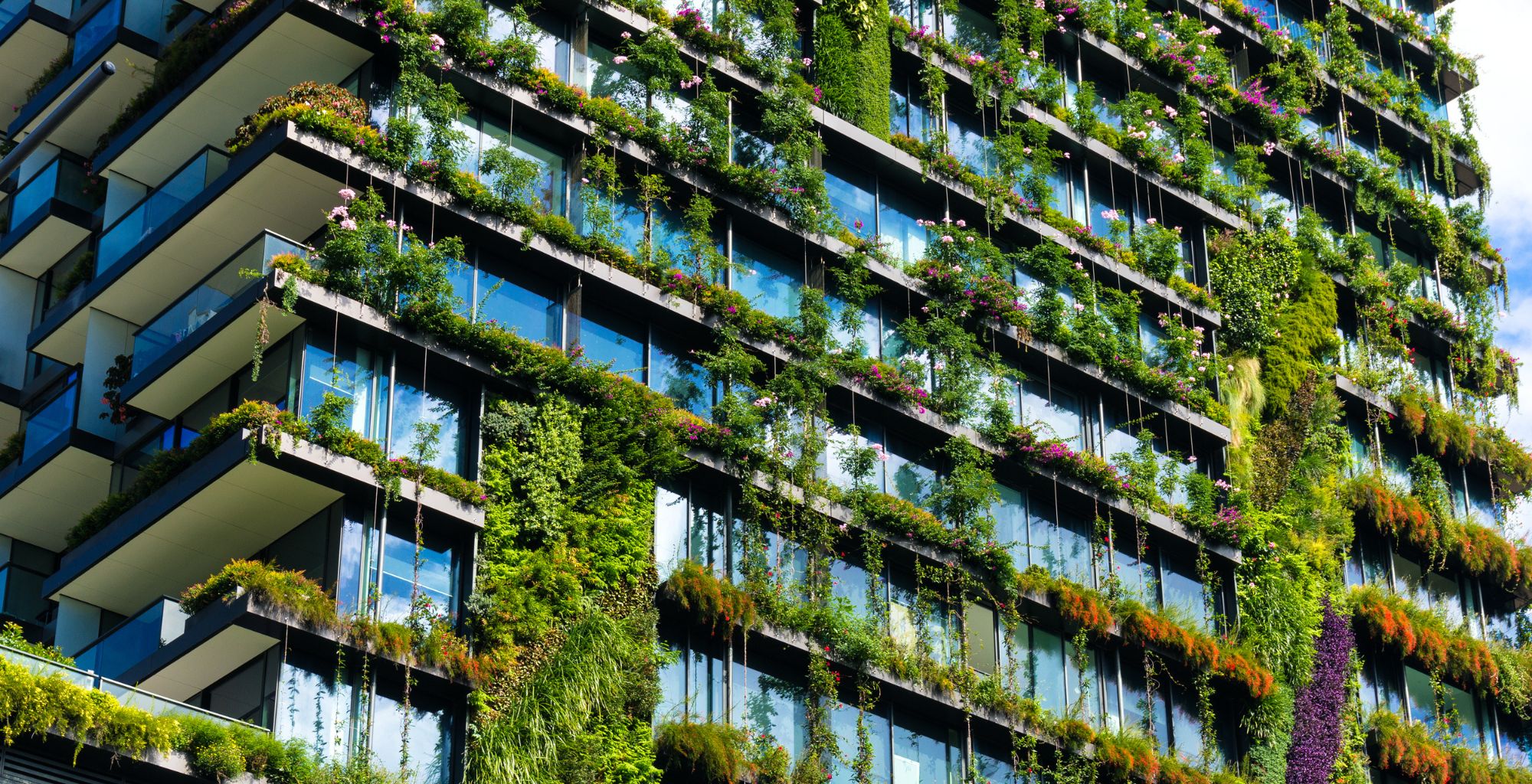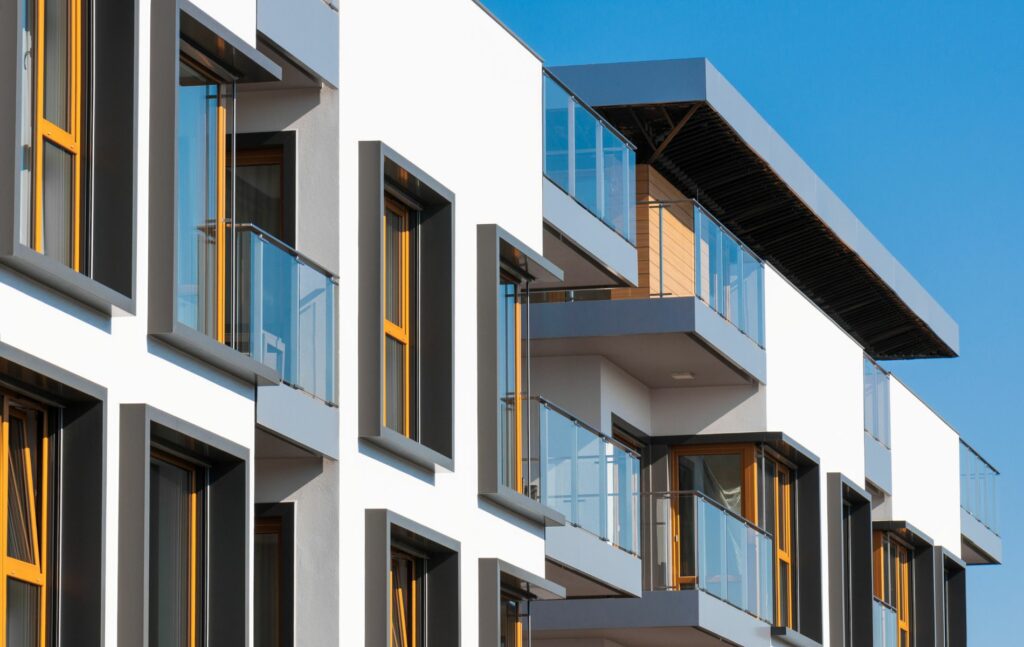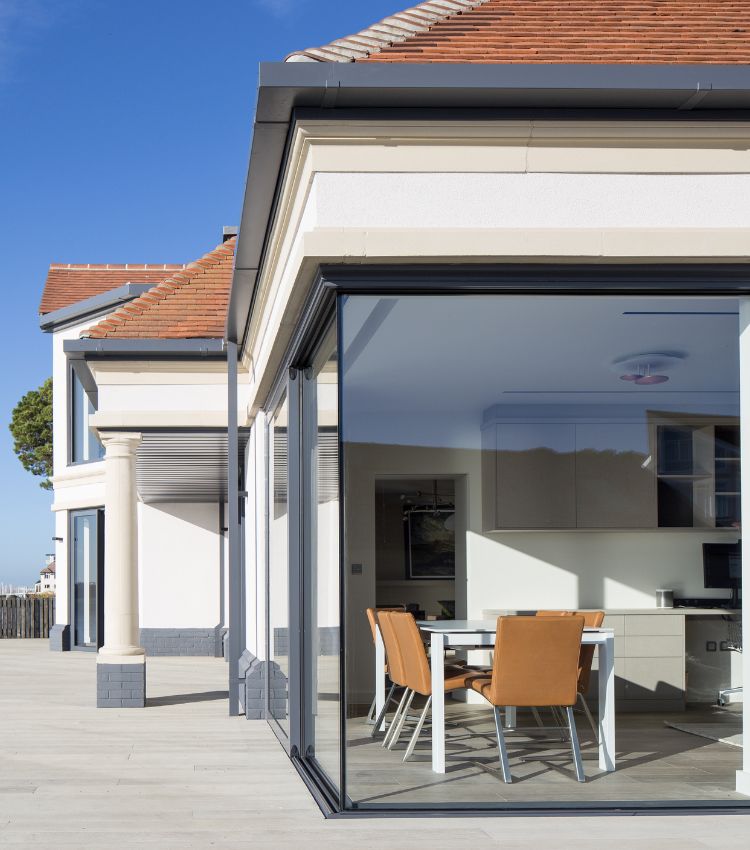Are you looking for the best places to live in Oxfordshire to focus your property search? From bustling market...

Eco-friendly homes: Planning to go green?
For those looking to live more sustainably, eco-friendly homes offer a pathway to a lower carbon footprint and a lifestyle more in harmony with the environment.
With more and more homeowners implementing ways to save energy, it’s helpful to understand the various eco-friendly systems available, along with their impact on daily life and overall savings.
This knowledge will better equip you to find a property that meets your sustainability goals whether the eco-friendly systems are already in place or part of your future plans.
In this article, we’ll explore various features of eco-friendly homes, assess their benefits, and outline how they can contribute to a greener future.
Renewable energy
Homeowners today have several renewable energy options at their disposal.
Each of these systems helps reduce reliance on traditional energy sources and can provide long-term cost savings.
Solar panels
As one of the most popular renewable energy sources, many eco-friendly homes use solar panels which harness energy from sunlight.
While initial installation costs may be high, solar panels generally require minimal maintenance.
Solar panels are a valuable long-term solution for reducing household energy bills.

Biomass boilers
An alternative to traditional gas or oil boilers, biomass boilers use organic materials like wood pellets or logs, which are renewable.
They can offer substantial savings, particularly in rural areas, though they may require more hands-on maintenance than other systems.
Ground source heat pumps
By drawing heat from beneath the ground, ground source heat pumps provide a consistent energy supply.
Although installation can be costly, their efficiency can help lower heating expenses over time, making them a suitable option for those with a long-term view on energy savings.
Insulation
Another key feature of eco-friendly homes is effective insulation. This not only contributes to lower energy bills but also produces fewer carbon emissions. Today, many eco-friendly insulation materials are available, including:
Sheep’s wool
Sheep’s wool is a natural, renewable insulator with excellent thermal and acoustic properties. It traps heat in air pockets, regulates humidity by absorbing and releasing moisture, and resists mould, making it ideal for damp climates.
Biodegradable and non-toxic, wool is a sustainable choice for eco-conscious homes.
Recycled plastic
Recycled plastic insulation repurposes plastic waste, reducing landfill impact and supporting a circular economy. Durable, moisture-resistant, and easy to install, it provides effective temperature control.
Non-toxic, flame-retardant, and pest-resistant, recycled plastic insulation is a safe, sustainable choice for eco-friendly homes.
Cotton (Denim)
Cotton insulation, often made from recycled denim, is a natural, non-toxic, and biodegradable material with strong thermal and sound-insulating qualities.
Safe to handle, flame-resistant, and durable, it effectively reduces noise and supports sustainability by repurposing textile waste.
Cork
Cork insulation is a renewable, moisture-resistant material harvested sustainably from cork oak bark. Naturally hypoallergenic, fire-retardant, and resilient, cork offers excellent thermal and acoustic insulation.
Ideal for damp areas, it resists mould and retains its insulating properties over time.
Glazing
Double or triple glazing provides superior insulation compared to single-glazed windows, reducing heat loss and, subsequently, energy bills.
Modern glazing options, such as Low-E (low emissivity) glass, use coatings to reflect heat back into the room, minimising reliance on heating during colder months.
Triple glazing offers the highest level of insulation.
It may however be more suitable for colder regions or north-facing windows due to its thickness.
High-quality frames, like those made from uPVC or sustainable timber, further support insulation, soundproofing, and overall energy performance.

Water conservation
Water conservation systems can help homeowners reduce water usage significantly. Some popular solutions for eco-friendly homes include:
Rainwater harvesting systems
These systems collect rainwater, which can be repurposed for gardening or car cleaning. More advanced systems can even be integrated to provide water for toilets, reducing dependence on mains water.
Basic barrel system
A cost-effective option, a barrel system collects rainwater from the roof via gutters into a large container, usually a plastic or wooden barrel. This water can be used for gardening, lawn irrigation, or car washing.
While simple to install and maintain, the water is generally unsuitable for drinking unless properly filtered.
Direct pumped systems (Gravity-fed or submersible pumps)
These systems use an underground storage tank to collect rainwater, which is then pumped to garden taps, toilets, or washing machines. Gravity-fed setups place the tank higher to rely on natural pressure, while submersible pumps work directly in the tank.
Direct pumped systems help cut mains water usage and reduce water bills.
Indirect gravity system
This system collects rainwater in a ground-level tank and pumps it to a higher header tank, often in a loft. From there, gravity distributes water to various outlets, like toilets or garden hoses. Efficient and energy-saving, it only requires a pump to fill the header tank initially.
Filtration and purification systems for potable use
Advanced systems use filtration and purification (e.g., UV filters or reverse osmosis) to make rainwater safe for indoor uses like showers, kitchen taps, and drinking water.
Although more costly, these systems support water independence, especially in areas with limited access to clean mains water.
Integrated greywater and rainwater system
Combining rainwater harvesting and greywater recycling, this system maximises non-potable water sources.
Collected rainwater is used for outdoor tasks and toilets, while filtered greywater from showers and sinks is reused for gardens or toilets, reducing mains water use and wastewater output efficiently.
Low-flow fixtures
Water-efficient showerheads and taps help reduce daily water usage without affecting performance. The UK’s Water Efficiency Label aids homeowners in selecting eco-friendly fixtures, which save water and reduce utility bills over time.
SMART Technology
SMART (Self-Monitoring Analysis and Reporting Technology) systems allow homeowners to manage energy usage with greater precision and ease.
Installing a Smart Meter helps monitor energy consumption in real time.
This is a useful feature for anyone looking to understand and reduce their usage. Many energy suppliers offer free installation of smart meters, which can be controlled remotely for added convenience.
SMART technology is a step toward a more efficient, environmentally friendly home that also keeps energy costs in check.

Energy-efficient appliances
Household appliances account for a significant portion of energy use. When choosing appliances, opt for those with higher energy ratings to ensure efficiency.
The UK’s energy labelling system grades appliances from A to G, with A-rated products offering the highest efficiency. Choosing highly rated appliances can make a noticeable difference in both energy consumption and costs, particularly over the long term.
Reclaimed wood and sustainable furniture
Incorporating reclaimed wood and vintage furniture can minimise environmental impact by reducing demand for new materials.
Reclaimed timber
Sourced from older structures, reclaimed wood is often more durable due to its natural ageing process. It offers an environmentally friendly alternative to new wood and can add character to any home.
Antique and vintage furniture
These pieces are typically crafted from mature timber, providing strength and longevity. Choosing such furniture not only preserves resources but also gives a home a unique aesthetic.
Vegetable gardens and green spaces
If you have the space, a vegetable garden allows you to grow your own produce, supporting a more sustainable lifestyle.
Vegetable gardens and green spaces benefit the Ecosystem.
By growing your own fruits and vegetables, you can actively contribute to local biodiversity. Additionally, a vegetable garden lowers your food footprint and reduces reliance on commercially grown produce.
In smaller areas, a green wall – a vertical garden – provides natural insulation and enhances air quality, offering an eco-friendly solution that also improves the home’s visual appeal.
Sustainable house features
Many of us are increasingly focused on reducing our carbon footprint, and making thoughtful decisions about the home environment is a great place to begin.
Understanding the sustainable house features available and their benefits will help you make thoughtful decisions when searching for a new home.
If you’re considering eco-friendly homes as part of your property search and would like guidance, feel free to get in touch. Garrington is here to support your journey toward a greener home.







